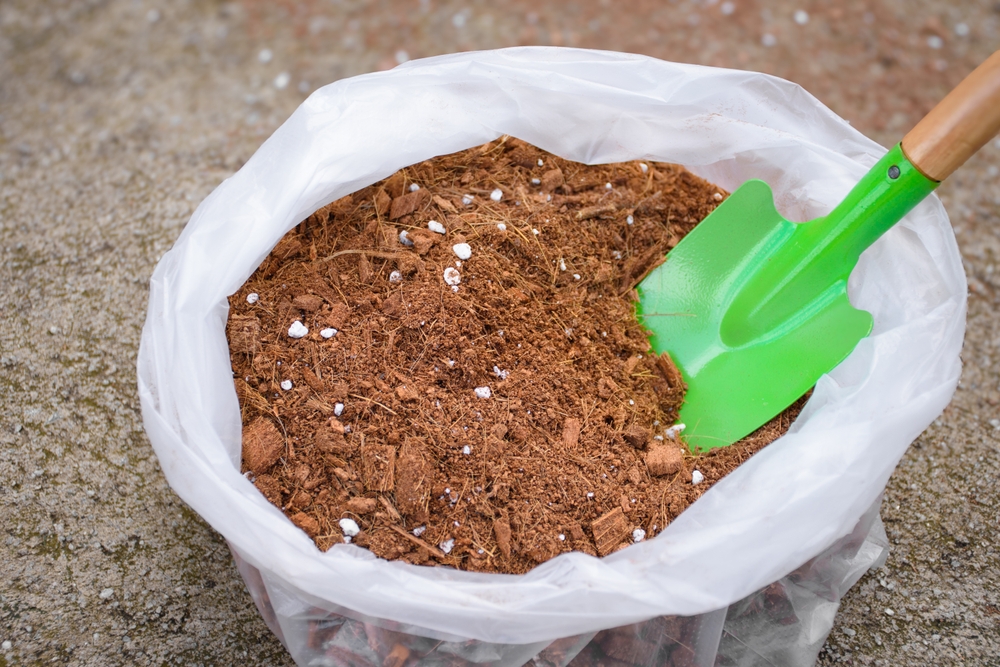Coco coir, derived from the fibrous husks of coconuts, has rapidly gained popularity among gardeners and commercial growers due to its impressive qualities. Known for its excellent water retention, superior aeration, and environmentally friendly properties, coco coir offers a sustainable alternative to traditional soil. This versatile growing medium is especially valued for its ability to support plant growth in a wide range of horticultural applications, from potted plants to large-scale hydroponic systems. If you look for the best coconut coir check here https://www.riococo.com/coco-coir-hydroponic/ We highly recommend coco coir from Riococo.
Its neutral pH and resistance to compaction make it an ideal choice for those looking to create a healthy root environment for their plants.
However, one significant limitation of coco coir is its lack of inherent nutrients. Unlike soil, which contains a natural array of macro and micronutrients necessary for plant health, coco coir is an inert medium. This means that it does not naturally provide the essential nutrients required for plants to thrive. To compensate for this, gardeners must supplement coco coir with the necessary macro and micronutrients to support robust plant development. Proper nutrient enrichment is crucial, as it ensures that plants grown in coco coir receive the nourishment they need to grow strong and healthy, leading to improved yields and overall plant vitality.
1. Understanding Nutrients: Macro vs. Micro
Macronutrients are the primary nutrients that plants require in large amounts for growth and development. These include nitrogen (N), phosphorus (P), potassium (K), calcium (Ca), and magnesium (Mg). Each of these nutrients plays a critical role in different aspects of plant growth, from leaf development to root strength and disease resistance.
On the other hand, micronutrients are required in much smaller quantities but are equally important. These include iron (Fe), zinc (Zn), manganese (Mn), copper (Cu), and boron (B). While needed in trace amounts, micronutrients are vital for processes such as enzyme function, chlorophyll production, and overall plant metabolism. Understanding the difference between these nutrient types is essential when enriching coco coir to ensure a balanced and healthy growing environment.
2. Essential Macronutrients for Coco Coir
Nitrogen (N)
Nitrogen is a fundamental nutrient for plant growth, playing a crucial role in the development of leaves and the production of chlorophyll, which is essential for photosynthesis. In coco coir, nitrogen is often provided through organic or inorganic fertilizers, such as blood meal, feather meal, or urea. Regular monitoring and supplementation of nitrogen are necessary to prevent deficiencies, which can result in stunted growth and yellowing leaves.
Phosphorus (P)
Phosphorus is vital for root development and energy transfer within the plant. It is particularly important during the early stages of growth when roots are establishing themselves. To incorporate phosphorus into coco coir, gardeners often use bone meal, rock phosphate, or superphosphate fertilizers. Ensuring adequate phosphorus levels supports strong root systems, leading to healthier and more resilient plants.
Potassium (K)
Potassium plays a key role in regulating water uptake, enhancing disease resistance, and improving overall plant health. Potassium can be added to coco coir through sources like potassium sulfate, potassium chloride, or wood ash. A potassium-rich environment in coco coir promotes robust growth and helps plants withstand stress, such as drought or disease.
Calcium (Ca)
Calcium is essential for cell wall strength and root health. It helps prevent common issues like blossom-end rot in tomatoes and other calcium-deficient symptoms in plants. To supply calcium in coco coir, gypsum or calcium nitrate is often used. Regular calcium supplementation ensures strong root development and overall plant vigour.
Magnesium (Mg)
Magnesium is a central component of chlorophyll, making it vital for photosynthesis. It also activates many enzymes that contribute to plant metabolism. Magnesium can be added to coco coir using Epsom salts or dolomitic lime. Ensuring an adequate magnesium supply in coco coir helps maintain lush, green foliage and efficient energy production in plants.
3. Essential Micronutrients for Coco Coir
Iron (Fe)
Iron is crucial for chlorophyll synthesis and overall plant health. Iron deficiencies often manifest as yellowing between the veins of young leaves. Chelated iron or iron sulfate can be used to supply iron in coco coir. Foliar sprays are also effective in addressing iron deficiencies quickly.
Zinc (Zn)
Zinc is important for enzyme function and the regulation of growth hormones. A zinc deficiency can lead to stunted growth and smaller leaves. Zinc sulfate or chelated zinc are common sources used to enrich coco coir. Regularly monitoring zinc levels ensures healthy growth and development in plants.
Manganese (Mn)
Manganese plays a key role in photosynthesis and nitrogen metabolism. A deficiency in manganese can cause interveinal chlorosis, where the area between leaf veins turns yellow. Manganese can be added to coco coir through manganese sulfate or as part of a micronutrient blend. Proper manganese levels are essential for maintaining plant health and productivity.
Copper (Cu)
Copper is involved in reproductive growth and helps protect plants from diseases. Copper deficiencies can lead to wilting and poor reproductive performance. Copper can be supplied in coco coir using copper sulfate or other copper-containing fertilizers. Maintaining appropriate copper levels is crucial for the overall health and resilience of plants.
Boron (B)
Boron is essential for cell wall formation and nutrient transport within the plant. Boron deficiency can cause brittle and discoloured leaves. Boric acid or other boron-containing fertilizers are typically used to address boron deficiencies in coco coir. A balanced boron supply ensures strong structural integrity and effective nutrient uptake in plants.
4. Balancing Nutrient Ratios for Optimal Growth
Maintaining a balanced ratio of macro and micronutrients is key to supporting optimal plant growth in coco coir. Imbalances can lead to nutrient lockout or deficiencies, both of which can stunt plant growth or cause other health issues. Regular testing of nutrient levels in coco coir, through soil tests or plant tissue analysis, is recommended. Adjustments can then be made by adding specific nutrients as needed to ensure plants receive a balanced diet.
5. Common Nutrient Deficiencies in Coco Coir and How to Address Them
Coco coir, while an excellent growing medium, can lead to specific nutrient deficiencies if not properly managed. Common deficiencies include nitrogen (yellowing leaves), calcium (blossom-end rot), and magnesium (interveinal chlorosis). These deficiencies can often be addressed by applying the appropriate fertilizers or supplements, adjusting pH levels, and ensuring consistent nutrient monitoring. Proactively managing nutrient levels helps prevent deficiencies and supports healthy, vigorous plant growth.
FAQs
1. How often should I add nutrients to coco coir?
Nutrients should generally be added every 1-2 weeks during the growing season. The exact frequency depends on the plant’s growth stage and specific nutrient needs. Regular monitoring will help you adjust the schedule as needed.
2. Can I use organic fertilizers for coco coir enrichment?
Yes, organic fertilizers like compost, worm castings, and bone meal are excellent for coco coir. They provide a slow release of essential nutrients and improve the overall quality of the growing medium.
3. What are the signs of nutrient deficiencies in plants grown in coco coir?
Signs of nutrient deficiencies include yellowing leaves, stunted growth, poor root development, and reduced flowering or fruiting. Specific deficiencies may show unique symptoms, like yellowing between the veins of leaves for iron or manganese deficiencies.
4. Can I reuse coco coir after a growing season?
Yes, coco coir can be reused. It should be properly cleaned to remove salt build-up and reconditioned with fresh nutrients before planting again. This helps restore its fertility for the next growing cycle.

